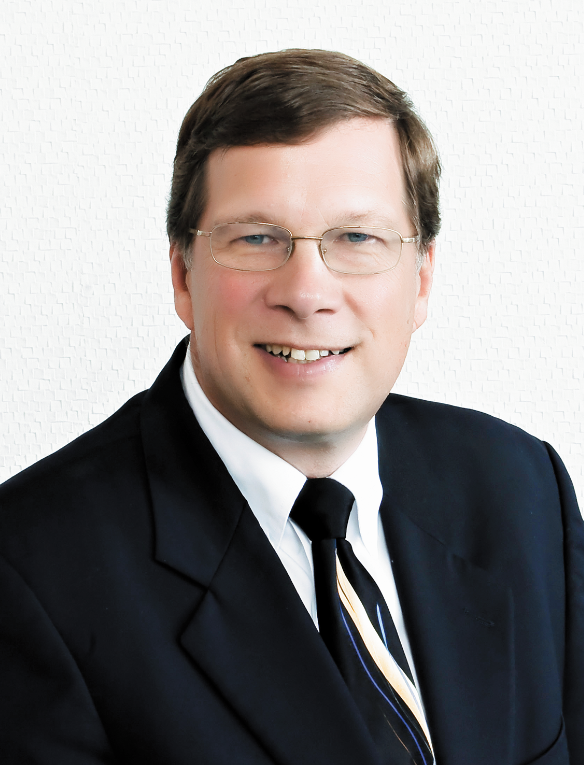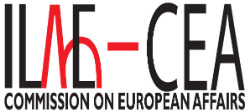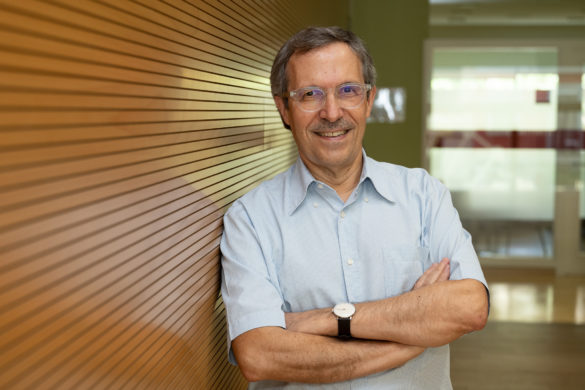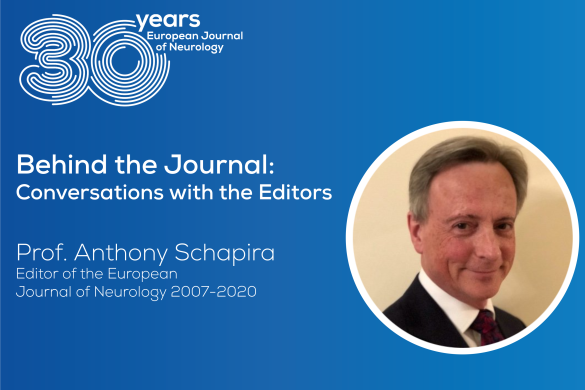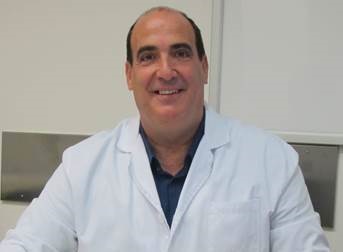David Vodušek (DV): As President of the American Academy of Neurology (AAN) and active neuro-oncologist you are confronted with the full panorama of neurological sciences. How will you bridge the very specific and the very broad?
Terrence Cascino (TC): The Academy exists because of the enormous intellect among the hundreds of volunteer neurologists who help to provide the unparalleled programs, products, and services to our more than 28,000 members around the world. These volunteers represent some of the best and brightest neurologists and are knowledgeable on the hundreds of neurologic diseases encountered in clinical practice by our members.
Our members are the bridge connecting the full landscape of the neurosciences. It’s important to remember that not only is the Academy committed to providing second-to-none educational programs, many of which are now free with AAN membership, but we also are committed to providing world-class platforms for announcing and advancing the very latest research breakthroughs on hundreds of neurologic diseases. The best known is our highly popular AAN Annual Meeting. We are expecting more than 12,000 neurologists and researchers to descend upon Vancouver in 2016, Friday, April 15 to Thursday, April 21.
Not only does the Annual Meeting serve as a bridge, but the journal Neurology® and its family of journals also helps in this capacity to connect global issues in the world of neurology.
DV: Can you briefly illustrate the main aims and goals of the AAN towards the neurologists and neuroscientists?
TC: The AAN is dedicated to promoting the highest quality patient-centered care and enhancing the career satisfaction of our members. The Academy supports members across their professional lifetime; educates members to foster high-quality clinical care and science; advocates for members and their patients; supports and promotes member involvement in neurologic research; and maximizes organizational effectiveness to meet member needs.
I became AAN president last April. I have told our members that during my two-year term:
- We will continue to enhance the education experience for international neurologists at our Annual Meeting, and seek more opportunities to nurture relationships abroad with neurologic societies.
- We will increase efforts to listen to and understand the needs of all AAN members. While the AAN must prioritize and do what’s best for members and patients as a whole, our members deserve to have their views be heard and understood in a respectful manner.
- We will strengthen our advocacy for increased research funding and work with partners to look for alternate sources of funding.
- We will demonstrate the value of neurology, neurologists, and neuroscience to third-party payers, decision makers, and the public to assure our patients can access high-quality neurology care. This will require robust data acquisition, primarily through the development of the AAN Axon Registry, and enhanced public advocacy.
- We will better understand the causes of neurologist burnout and provide tools to try to mitigate it.
- We will strengthen advocacy efforts to assure fair reimbursement and adequate patient access, reduce the “hassle factor” of practice, and help practicing neurologists successfully transition from fee-for-service to new payment and care delivery models.
We greatly value the affiliation and participation of our international members. Currently, AAN membership represents 115 countries around the globe, including 43 out of 47 countries in Europe. These neurology professionals are introducing very exciting, thought-provoking research, often through the Neurology journal and its spoke publications. They expose us to variations in practice and the unique challenges they face in their countries. We want to make sure they are getting the most from their membership in the AAN, so along with enhancing their Annual Meeting experience, we have been exploring opportunities to deliver more gold-standard education products that are more relevant to them. We’ll be talking about some exciting new things in the coming months.
DV: From your long standing experience as Director for Education at Mayo Clinic, can you summarise the educational role of the AAN for the European neurologists and the readers of Neuropenews?
TC: Providing continuing education opportunities for neurologists after they complete their formal training was at the heart of the AAN’s founding in 1948 and remains so today—for both American and international members.
More than 2,000 European neurology professionals attend our Annual Meeting, many of them as faculty or presenting the latest brain and CNS research. Many European Academy members—and even nonmembers—access our industry leading publications: Neurology®, Neurology® Clinical Practice, Neurology® Genetics, Neurology® Neuroimmunology & Neuroinflammation, Neurology Today®, and Neurology Now®. Continuum®, our self-assessment education publication, is used by European members, particularly neurologists in lower-income countries for whom we provide free online access and reduced annual dues.
In addition, members of the AAN now enjoy free access to our suite of online education products, including NeuroSAE®, NeuroLearn, and NeuroPI. More than 5,000 members are currently using these modules to meet their continuing education needs.
DV: EAN looks forward to strengthening working bonds with the AAN. Can you let the Neuropenews readers know how you see this cooperation and which advantages it may bring for both AAN and EAN?
TC: Because the AAN is an international organization, we understand the critical importance of international relations, especially with the EAN. The AAN has a long-standing history with the former European Neurological Society and the European Federation of Neurological Societies.
Since its founding, the AAN has been committed to fostering connections and mutually beneficial collaborations with international neurosocieties. AAN members and leaders—both in the US and globally—have played active roles in most, if not all, of these international organizations. The exchange of research and insights, improved cultural awareness, and timely educational opportunities help strengthen neurology for the betterment of all people living with brain disease.
I had the privilege of attending EAN’s meeting earlier this summer with several AAN leaders. It was a tremendous event and the AAN appreciated the opportunity to exhibit and collaborate with your many leaders.
DV: In light of the above question, what would you propose as a very concrete and practical project that could illustrate joint cooperation between both societies?
TC: When AAN Past-President Tim Pedley, AAN CEO Cathy Rydell and I met with the leadership of the EAN in Berlin, we were pleased with the discussions and camaraderie. The AAN and EAN are each highly respected by our members and it is clear that by joining together on specific projects we have the potential to truly make a difference in the care of our patients by advancing scientific and educational opportunities for our members.
To demonstrate our commitment to increased collaboration and cooperation, the AAN board recently approved the establishment of a joint membership proposal that we hope will be approved by the EAN and implemented for the 2016 dues cycle.
DV: Mr. President, I thank you for the truly informative answers and wish you and AAN further success in achieving your ambitious goals.
Terrence L. Cascino is President of the American Academy of Neurology and works at the Mayo Clinic, Rochester, Minnesota, USA.
David Vodušek is Chair of the EAN Liaison Committee and Professor of Neurology at the Medical Faculty, University of Ljubljana and Medical Director of the Division of Neurology, University Medical Center Ljubljana, Slovenia.

